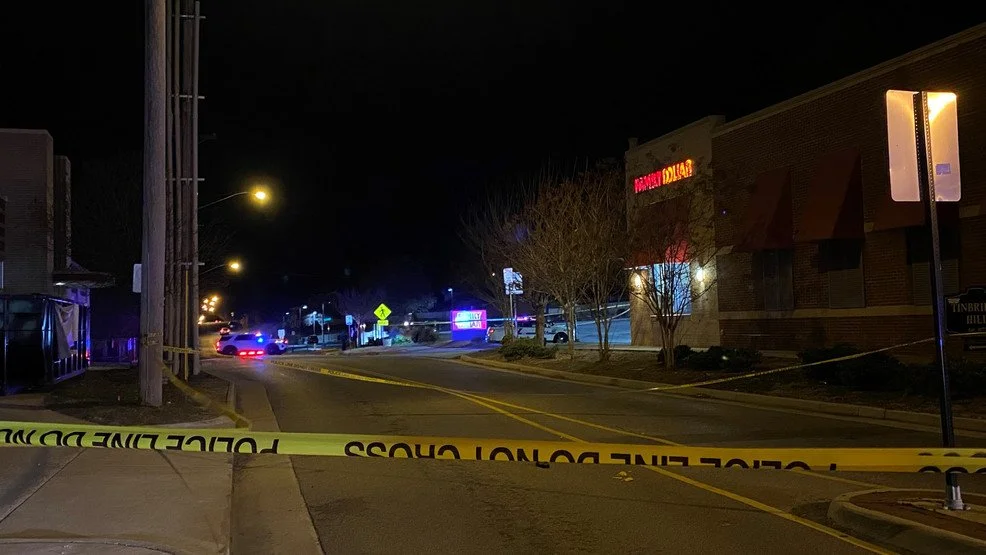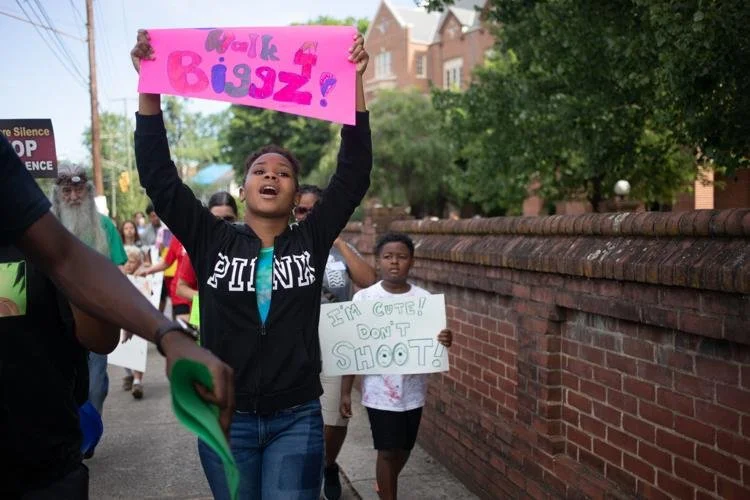Understanding the Uptick in Violence in Lynchburg, VA: Causes, Effects, and Community Solutions
Introduction
Lynchburg, Virginia, a city known for its history, charm, and tight-knit community, is facing a disturbing rise in violence. This troubling trend has left many residents worried and sparked discussions among local leaders, law enforcement, and community groups. To make Lynchburg safer, it's essential to address the root causes of this issue and come together for solutions. In this article, we’ll explore why violence is on the rise, how it's affecting our neighborhoods, and what we can do as a community to create positive change.
The Current State of Violence in Lynchburg
Recently, Lynchburg has experienced a significant increase in violent incidents, including assaults, shootings, and domestic violence cases. According to reports, crime rates in Lynchburg have risen by 17% year over year. Although violent crimes remain slightly lower than the national average, the overall surge in incidents underscores a growing concern for the community. This increase encompasses various types of crimes, with economic challenges such as high housing costs contributing to stress and criminal activity in the area. These incidents are undermining the sense of safety in our community and impacting local businesses and families alike.
One particularly concerning development is the rise in gang-related violence and drug-related crimes, which often lead to dangerous confrontations. On top of that, economic stress and social isolation exacerbated by recent global events have contributed to an increase in domestic violence.
Lynchburg Compared to Other Cities
Lynchburg, Virginia, has long been regarded as a safe and welcoming community, with violent crime rates that historically fall below the national average. However, recent trends have raised concerns among residents and local authorities alike. The notable rise in violent crime within Lynchburg is particularly striking given its past reputation, suggesting a shift that warrants closer examination.
In contrast to larger urban areas such as Richmond, VA, and Baltimore, which have consistently reported higher crime rates, Lynchburg's recent 17% increase in violent crime is alarming. While cities like Richmond often face challenges associated with urban density and socioeconomic issues that contribute to crime, Lynchburg's smaller size and typically lower crime profile make this uptick unexpected.
The rise in crime in Lynchburg could be indicative of broader social changes or emerging issues within the community. Factors such as economic fluctuations, shifts in population demographics, or increased drug-related activities may play a role in this unsettling trend. Unlike larger cities where crime is often anticipated and factored into daily life, Lynchburg's rapid escalation in violence raises significant concerns about the safety and security of its residents.
As the community grapples with these changes, it is crucial for local leaders and law enforcement to address the underlying causes of the increase in crime. Engaging with residents, investing in community programs, and enhancing policing strategies may help mitigate further increases and restore a sense of safety. The future of Lynchburg may depend on how effectively the city responds to these challenges, ensuring that it remains a place where families can thrive without fear of violence.
In summary, while Lynchburg has traditionally enjoyed a reputation for safety, the recent rise in violent crime presents a stark contrast to its historical context. This situation underscores the need for proactive measures to understand and combat the factors contributing to this shift, ensuring the community's well-being for years to come.
Types of Violent Crimes in Lynchburg, VA: A 2024 Overview
Why Is Violence on the Rise?
Understanding why violence is escalating is crucial for tackling the problem effectively. Here are some of the key contributing factors:
Economic Inequality: In some parts of Lynchburg, high unemployment and a lack of affordable housing create a breeding ground for frustration and crime. When people struggle to make ends meet, desperation can lead to criminal activity as a way to survive.
Substance Abuse Epidemic: The opioid crisis is hitting our community hard. Rising addiction rates have led to an increase in drug-related crimes, including violent disputes. The stigma around addiction can make it harder for individuals to seek help, creating a cycle that’s difficult to break.
Mental Health Challenges: Untreated mental health issues often contribute to violence. Many individuals involved in these incidents are dealing with untreated trauma, depression, or anxiety. Sadly, access to mental health services in Lynchburg can be limited, leaving people without the help they need.
Community Disconnection: Social isolation has become more common, leading to a breakdown in community ties. Without strong social networks, individuals may feel more isolated and frustrated, which can lead to violent behavior in times of conflict.
Cultural Norms and Media Influence: Violence is often glamorized in the media, normalizing aggressive behavior and creating a culture where conflict resolution through violence seems acceptable. In some communities, norms around toughness or retaliation further contribute to cycles of violence.
The Impact of Violence on Our Community
Violence doesn’t just affect those directly involved, it ripples throughout the entire community, creating lasting effects:
Increased Fear: The rise in violence leaves many residents feeling unsafe. Fear can prevent people from participating in community events or even stepping outside after dark, leading to greater isolation.
Economic Damage: Businesses in high-crime areas often struggle to thrive, and property values can drop. This creates a vicious cycle where economic hardship leads to crime, and crime further damages the local economy.
Strained Resources: Law enforcement agencies are stretched thin by the increased demand to respond to violent incidents. This limits their ability to address other community concerns.
Impact on Families: Families affected by violence face long-term emotional and psychological consequences. Children who witness or experience violence are at higher risk for mental health issues that can last into adulthood.
Community Division: Violence can drive a wedge between different groups in the community. When trust erodes, it’s harder to come together to find solutions.
Solutions: How We Can Work Together for a Safer Lynchburg
While the challenges are significant, there are several steps we can take as a community to address the violence in Lynchburg:
Open Communication: Strong communication between law enforcement and the community is essential. Regular town hall meetings or forums can help build trust and allow residents to voice their concerns and collaborate on solutions.
Job Training and Education Programs: By investing in education and job opportunities, we can help reduce the economic inequality that often leads to crime. Local businesses and schools can work together to provide job training programs that offer residents a path toward financial stability.
Mental Health Support: Raising awareness about mental health resources and making services more accessible can help reduce violence linked to untreated conditions. Offering community-based counseling and support groups can make a big difference.
Strengthen Social Ties: Encouraging residents to engage in community events, volunteer opportunities, and neighborhood watch programs can help rebuild social networks. When people feel connected, they are less likely to resort to violence.
Substance Abuse Prevention and Treatment: Addressing the root causes of addiction through outreach and treatment programs is key. Collaboration between healthcare providers, law enforcement, and community groups can make these efforts more effective.
Conflict Resolution Training: Teaching conflict resolution skills in schools, workplaces, and community centers can empower people to resolve disputes peacefully. By providing tools to manage anger and communicate effectively, we can prevent conflicts from escalating.
Youth Engagement Programs: Getting young people involved in positive activities whether it’s sports, arts, or mentorship can help steer them away from crime. Investing in after-school programs and youth engagement initiatives will strengthen the next generation.
Conclusion
The rise in violence in Lynchburg is a complex issue, but it’s one we can tackle together. By understanding the root causes and committing to solutions that uplift the community, we can create a safer environment for everyone. Whether it’s through volunteering, advocating for mental health resources, or simply engaging in open dialogue, each of us has a role to play in reclaiming our city.
Call to Action: Be Part of the Solution
While there may not be one single solution to the rise in violence, change can start at home. Families can foster open communication, resolve conflicts peacefully, and teach empathy to build stronger, more resilient communities. You can make a difference by attending community meetings, volunteering, or joining local organizations dedicated to reducing violence. By setting positive examples in our households and working together, we can create a Lynchburg where safety, trust, and unity thrive. Let’s collaborate to ensure a brighter, safer future for all.




